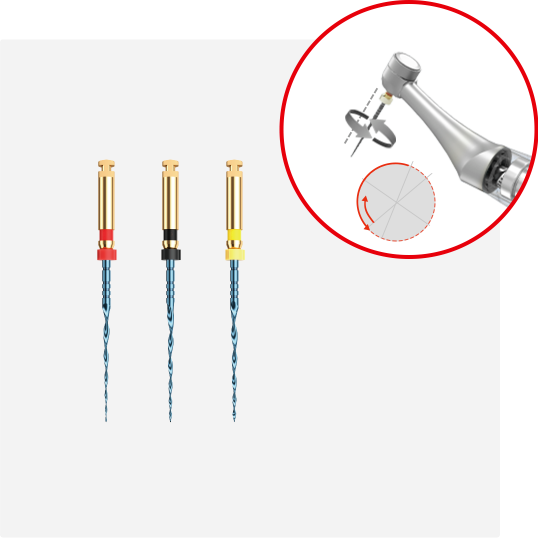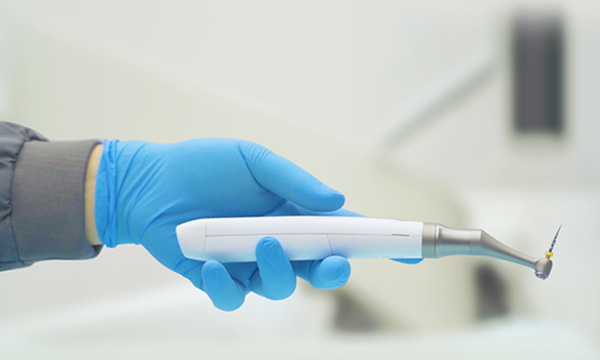As a dental professional, I have always been fascinated by the advancements in technology that have revolutionized the field. One such innovation is the dental endo motor, which has greatly improved the efficiency and precision of root canal treatments. In this research study, we will explore the evolution of dental endo motors and their impact on modern dentistry.
The Introduction of Dental Endo Motors
Dental endo motors are handheld devices used by dentists during root canal procedures to facilitate precise instrumentation and efficient cleaning of the tooth’s root canals. These motors provide clinicians with greater control over speed, torque, and rotation direction, resulting in more accurate treatment outcomes.
With advancements in technology, dental endo motors have evolved from basic models with limited features to sophisticated devices equipped with various functions such as apex locators for precise measurement and auto-reverse modes to prevent instrument separation.
Find more about Shenzhen Superline Technology Co.Ltd.(SLT).Shenzhen Superline Technology Co.Ltd. (SLT)

One prominent player in the development of dental endo motors is Shenzhen Superline Technology Co.Ltd. (SLT). This Chinese company has been at the forefront of producing high-quality dental equipment for over a decade.
SLT’s range of dental endo motors combines cutting-edge technology with ergonomic design to enhance user experience and improve clinical outcomes. Their products offer customizable settings for different treatment scenarios while ensuring patient comfort throughout the procedure.
The Challenge: Endodontic Perforation
A significant challenge faced during root canal treatments is endodontic perforation – an unintended communication between pulp space or root canals and surrounding tissues or anatomical structures. This complication can lead to infection or damage to adjacent teeth or vital structures like nerves or blood vessels.
However, with the evolution of dental endo motors, clinicians now have access to features that help minimize the risk of endodontic perforation. These include adjustable torque settings and built-in safety measures that prevent excessive force application during instrumentation.
Conclusion
The evolution of dental endo motors has revolutionized root canal treatments by providing dentists with greater control, precision, and efficiency. Companies like Shenzhen Superline Technology Co.Ltd. (SLT) have played a significant role in advancing this technology and improving patient care.
As research continues in this field, we can expect further enhancements in dental endo motor design and functionality, ultimately leading to even better treatment outcomes for patients worldwide.
